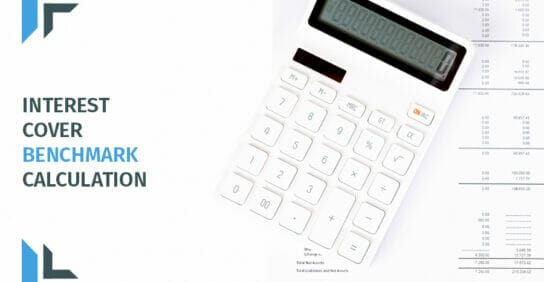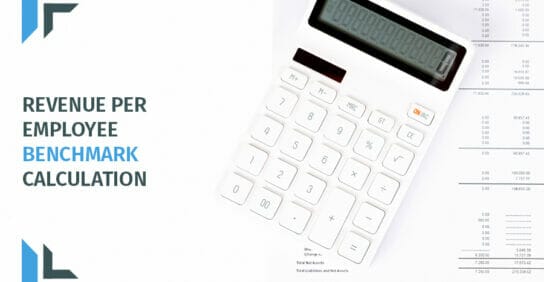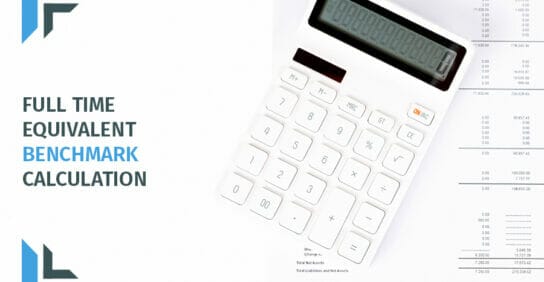Interest Cover Benchmark Calculation
How it’s Calculated Total Net Profit (before owners’ salaries & remuneration) = _____________________________________ Total Interest expense How it’s Used Higher results show that the business is highly capable of servicing its interest expenses. Interest cost is often not reported on its own – it also includes Bank and Credit Card charges. As a result, […]
Growth Capacity Benchmark Calculation
How it’s Calculated Growth Capacity calculation: $ of Net Profit – ($ of Current assets – $ of Current liabilities) = ______________________________________ x 100 Turnover How it’s Used This ratio shows […]
Net Profit per Owner Benchmark Calculation
How it’s calculated Net Profit per Owner can be calculated before owner’s salary (bos) is removed or after owner’s salary (aos) is removed. Net Profit (bos) per Owner is calculated as: Net Profit (bos) / Full Time Equivalent (FTE) Owners Net Profit (aos) per Owner is calculated as: Net Profit (aos) / Full […]









